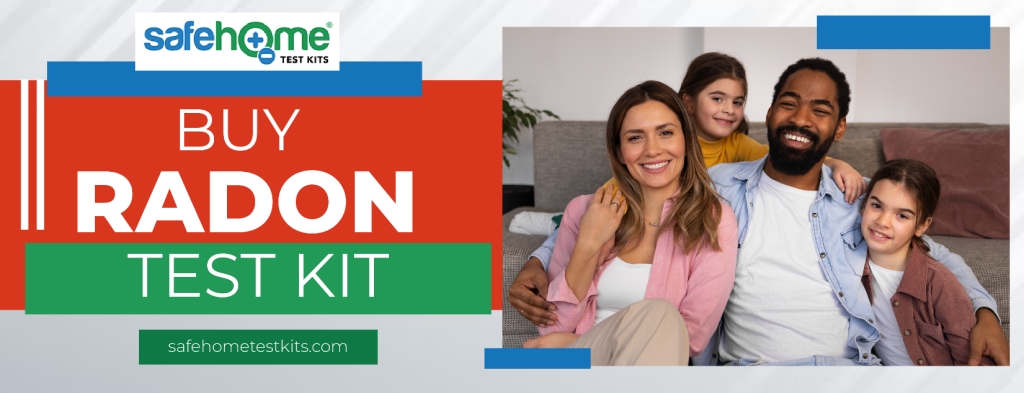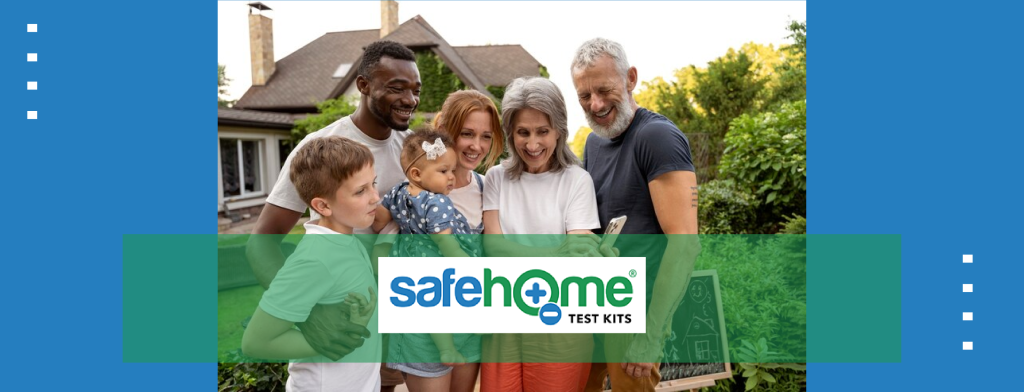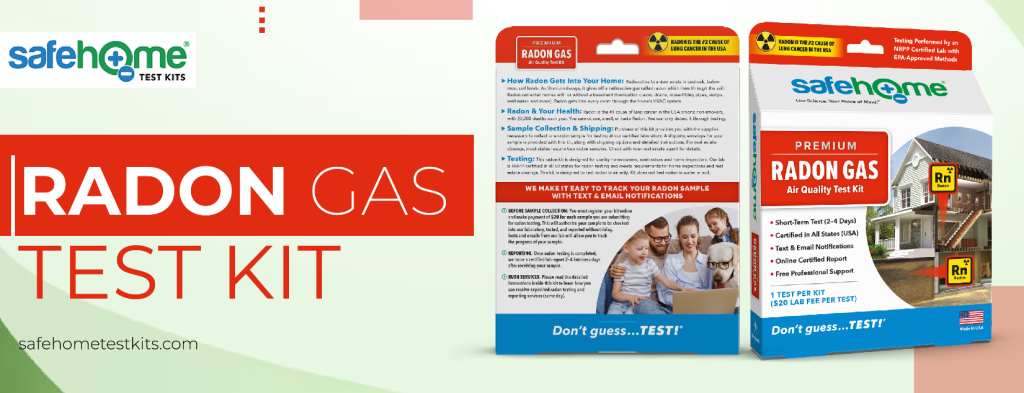Radon Gas in Your Home: Detecting and Mitigating the Risks
Radon gas is a naturally occurring radioactive gas that can seep into homes and buildings through cracks and openings in the foundation. It is colorless, odorless, and tasteless, making it virtually undetectable without specialized testing equipment. Exposure to high levels of radon gas over an extended period can pose serious health risks, including an increased risk of lung cancer. Therefore, homeowners must understand the dangers of radon gas and take proactive measures to test for and mitigate its presence in their homes.

Understanding Radon Gas:
Natural Decay of Uranium:
Radon gas is a by-product of the natural decay of uranium, a radioactive element found in varying concentrations in soil, rock, and water.Entry into Homes and Buildings:
As radon gas is released from the ground, it can infiltrate homes and buildings through various pathways, including cracks in the foundation, gaps around pipes and utility lines, and other openings in the structure.Accumulation in Indoor Spaces:
Once inside a building, radon gas can accumulate to potentially harmful levels, particularly in areas with poor ventilation or tightly sealed spaces with limited airflow.Health Risks:
Long-term exposure to elevated levels of radon gas poses serious health risks, including an increased risk of lung cancer. When radon gas is inhaled, it decays into radioactive particles that can damage lung tissue and potentially lead to lung cancer over time.Prevalence of Radon:
Radon gas is ubiquitous and can be found in homes and buildings of all types, regardless of location or construction. While radon levels can vary from one area to another, no region is immune to the potential presence of radon gas.Importance of Testing:
Testing for radon gas is the only way to determine if it is present in a home or building. Radon Gas Test Kit, such as those offered by Safe Home®, are available for homeowners to use to assess radon levels and take appropriate measures to mitigate risks.Public Health Concern:
Radon gas exposure is a significant public health concern, as it is the second leading cause of lung cancer after smoking. Therefore, homeowners must be aware of the risks associated with radon gas and take proactive steps to protect themselves and their families.

Health Risks of Radon Exposure:
Exposure to elevated levels of radon gas poses significant health risks, with lung cancer being the primary concern. Radon gas, the second leading cause of lung cancer after smoking, can have detrimental effects on individuals’ respiratory health and overall well-being.
Radioactive Particles:
When inhaled radon gas, it undergoes radioactive decay, releasing harmful particles that can damage lung tissue. These radioactive particles can lead to genetic mutations and cellular damage, increasing the risk of lung cancer development over time.Increased Lung Cancer Risk:
Long-term exposure to radon gas has been strongly linked to an elevated risk of lung cancer. The radioactive particles emitted by radon can penetrate deep into the lungs, where they can cause cellular changes that may eventually lead to the development of cancerous tumors.Susceptibility of Smokers:
Smokers are at an even greater risk of developing lung cancer from radon exposure. The combination of smoking and radon exposure significantly amplifies the carcinogenic effects on the lungs, leading to a higher incidence of lung cancer among smokers exposed to elevated radon levels.Vulnerable Populations:
Individuals with pre-existing respiratory conditions, such as asthma or chronic obstructive pulmonary disease (COPD), may be particularly susceptible to the harmful effects of radon exposure. Their compromised lung function and weakened respiratory defenses make them more vulnerable to the carcinogenic effects of radon gas.Public Health Concern:
Radon-induced lung cancer is a significant public health concern, responsible for thousands of lung cancer deaths each year worldwide. Despite its widespread prevalence, radon gas is often overlooked as a potential health hazard, highlighting the importance of raising awareness and implementing preventive measures to mitigate exposure risks.
Testing for Radon Gas:
The sole method of determining the presence of radon gas in your home is through testing. Radon Gas Test Kit, such as those offered by Safe Home®, are available for homeowners to assess radon levels in their indoor environment. These test kits typically include passive devices that absorb radon gas over a specified period, after which the devices are sent to a laboratory for analysis. Alternatively, electronic radon detectors are available for real-time monitoring of radon levels in the home.

Mitigating Radon Gas Exposure with Safe Home® Radon Gas Test Kit
Water makes its way through the earth silently and unexpectedly, finding entry points into homes through foundation cracks, drains, pipes, sumps, and even well water. Once inside, it spreads through the living space via the HVAC system, creating an unseen threat that can harm indoor air quality and overall health.
If testing reveals elevated levels of radon gas in your home, it’s essential to mitigate exposure and reduce health risks. Radon mitigation techniques typically involve sealing cracks and openings in the foundation to prevent radon entry and installing a radon mitigation system, such as a sub-slab depressurization system or ventilation system, to remove radon gas from the indoor air.
These systems create a pressure differential that draws radon gas from beneath the foundation and vents it safely outside, away from inhabited areas. By implementing these mitigation measures, homeowners can effectively reduce radon levels and minimize the risk of radon-related health issues for themselves and their families.
Safeguard your health by watching the potential presence of radon, a hidden menace that can compromise your well-being. Take proactive steps to protect your loved ones with Safe Home’s Radon Gas Test Kit. Your safety is their top priority.
With Safe Home’s Radon Gas Test Kit – (WE TEST AT-LAB) – PREMIUM, homeowners can accurately measure radon levels in their homes and take appropriate action to safeguard their health and well-being. This premium test kit offers reliable results and peace of mind, ensuring you can make informed decisions about radon mitigation and create a safer indoor environment for your family.
Conclusion
In conclusion, radon gas is a silent but potentially deadly threat that can lurk indoors without detection. Testing for radon gas with a Radon Gas Test Kit from Safe Home® is the first step toward protecting yourself and your loved ones from the health risks of radon exposure. If elevated radon levels are detected, prompt mitigation measures can help reduce the risk of lung cancer and ensure a safer and healthier indoor environment for all occupants. By raising awareness of the dangers of radon gas and taking proactive steps to address it, homeowners can safeguard their families and enjoy peace of mind knowing that their homes are radon-free.
To learn more, please visit the Safe Home® website: https://safehometestkits.com/
Product link: https://safehometestkits.com/product/safe-home-radon-gas-test-kit-premium/
For expert opinions about Radon Safety and measures, call them at 888-932-6699 or mail them at info@safehometestkits.com.


